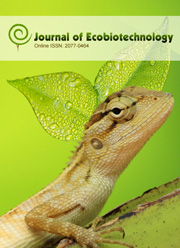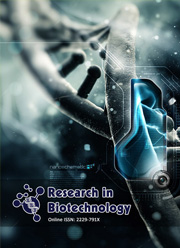Exogenously supplied osmoprotectants confer enhanced salinity tolerance in rhizobacteria
Keywords:
Rhizobacteria, proline, glycine, betaine, salinity toleranceAbstract
The response of eight rhizobacterial isolates obtained from the rhizosphere of Salicornia brachiata to osmotic stress (salinity) in minimal medium M9 to evaluate their osmotolerance properties. These rhizobacteria could tolerate NaCl upto 0.714 M in M9 minimal medium. It was observed that all isolates demonstrated different response to salt stress in the presence of glycine, proline, betaine, glycerol and yeast extract in the growth medium. The maximum osmoprotective effect under salinity stress was registered by yeast extract followed by glycerol, proline, glycine and betaine. The present findings suggested that proline, glycine and betaine played a critical role in osmotic adaptation at high osmolarity. Among the rhizobacterial isolates, Zhihengliuella sp. and Brachybacterium sp. synthesized highest proline as osmoprotective substance under salinity stress.






 .
.